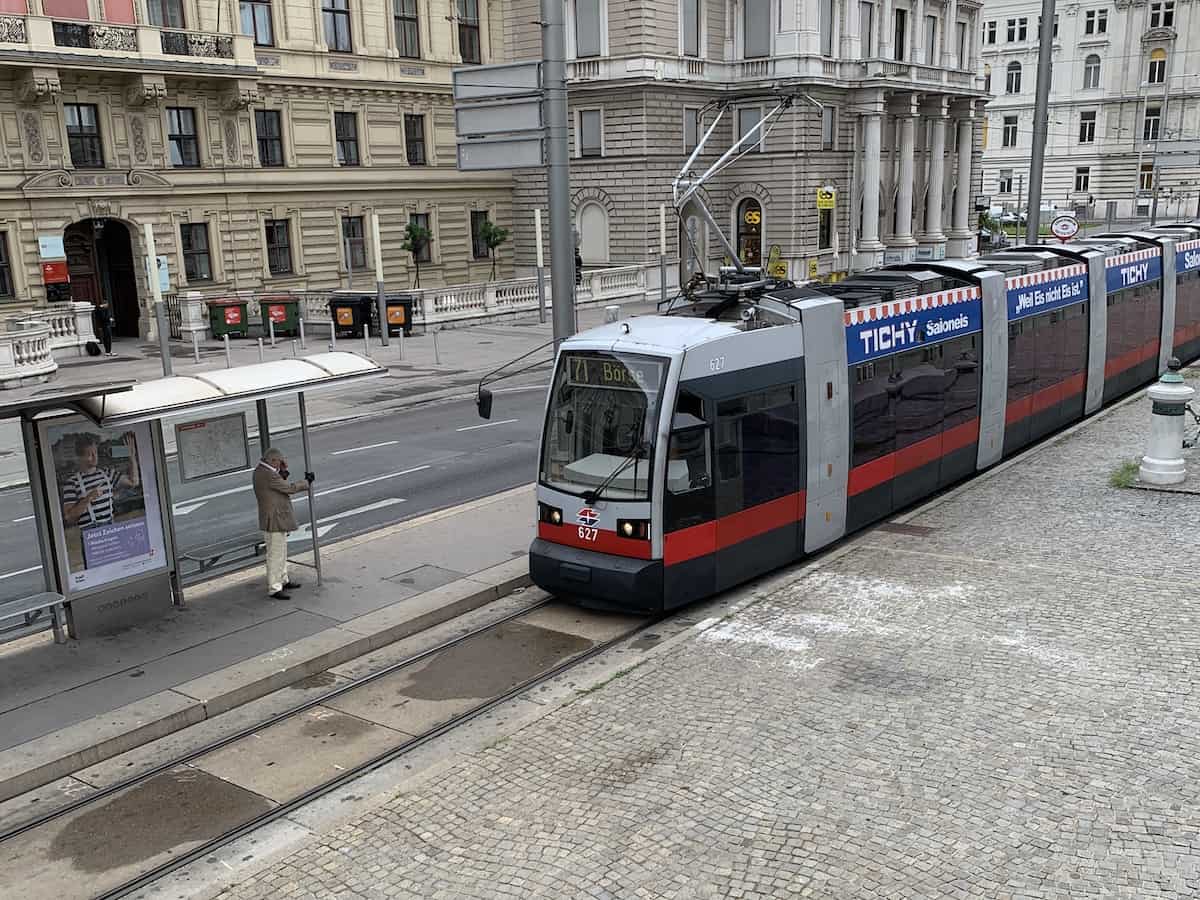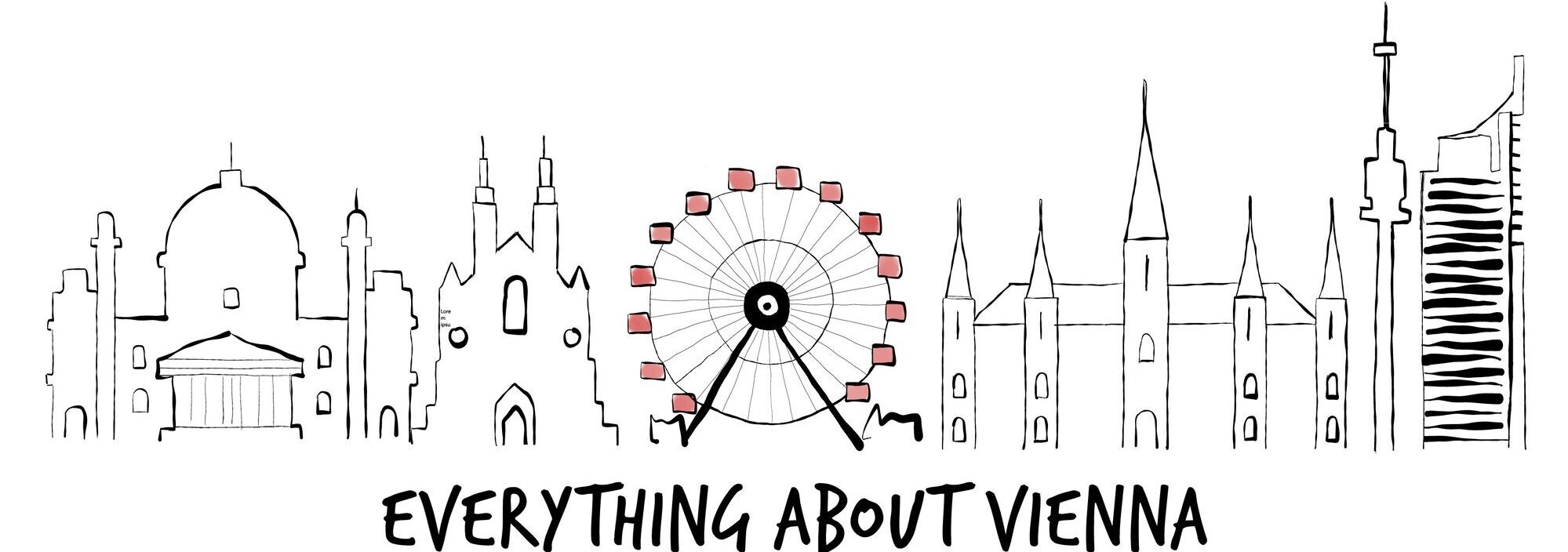Imagine strolling through grand imperial palaces, sipping coffee in historic cafés, and hearing the distant notes of a Mozart symphony drifting through the streets. Vienna is a city where the past and present blend seamlessly, offering visitors an unforgettable experience of history, culture, and charm. But before you dive into its treasures, here’s everything you need to know to make the most of your visit.
Essential facts about Vienna
To help you get a quick overview, here are some key details about Austria’s majestic capital:
| Fact | Detail |
|---|---|
| Population | Approx. 2 million (as of March 1, 2025) |
| Area | 414.87 km² (395.57 km² land, 19.3 km² water) |
| Elevation | 151 – 543 metres above sea level |
| Time zone | GMT +1 |
| Country code | +43 |
| City code | (0)1 |
| Electricity | 230V, plug types C and F (US visitors need a voltage converter and plug adapter) |
| Postal codes | 1010–1423, 1600, 1601, 1810, 1901 |
| Language | German (with a Viennese dialect) |
| UNESCO sites | Historic centre of Vienna, Schönbrunn Palace |
Is Vienna safe?

Vienna is one of the safest cities in Europe, with low crime rates and a well-organised public transport system that operates late into the night. Pickpocketing can occur in busy tourist areas, but violent crime is extremely rare.
For British and American tourists, there are no particular safety concerns—just the usual precautions you’d take in any major city. Public transport, including taxis, is generally safe at all hours, and the city is well-lit and well-patrolled.
LGBTQ+ inclusivity in Vienna

Vienna is an open and progressive city with a thriving LGBTQ+ community. The annual Vienna Pride and Rainbow Parade attract thousands of visitors, and many bars, clubs, and cafés cater specifically to LGBTQ+ guests. The city also offers legal protections for LGBTQ+ individuals, making it a welcoming and safe destination for all travellers.
Read more about the LGBTQ+ inclusivity in Vienna
Travelling with a disability in Vienna
Accessible travel in Vienna is made easy thanks to the city’s excellent infrastructure. Public transport is largely barrier-free: most metro stations have lifts, many trams are low-floor models, and all buses are fully accessible. Major attractions, museums, and public buildings offer accessible entrances and adapted facilities. Pavements are mostly wide and smooth, although some historic areas have cobblestones. The Vienna Tourist Board provides detailed accessibility information, helping visitors with disabilities enjoy the city comfortably and independently.
A city of exceptional quality of life
Vienna consistently ranks as one of the most liveable cities in the world. It boasts exceptional public transport, green spaces, a vibrant cultural scene, and a strong emphasis on sustainability. Whether you are a visitor or thinking of staying longer, you’ll quickly see why Vienna is more than just a beautiful city—it’s a place where life is good.
Districts and neighbourhoods
The city is divided into 23 districts, each with its character. The historic 1st district (Innere Stadt) is home to famous landmarks, while districts like Neubau and Mariahilf are known for their trendy cafés and shops. For those seeking nature, areas like Döbling offer vineyards and stunning views of the Danube.
Public transport in Vienna

Getting around Vienna is effortless thanks to its well-organised public transport system. The U-Bahn (underground metro) is the fastest way to travel across the city, while trams offer a scenic alternative, perfect for those who want to enjoy the architecture along the way. Buses fill in the gaps where trams and the metro don’t reach, and the S-Bahn (suburban railway) is ideal for trips to the outskirts or even day excursions beyond the city limits. Tickets are affordable and work across all modes of transport, with options ranging from single rides to day and weekly passes.
Paying in Vienna

Paying in Vienna as a tourist is straightforward. You can use both cash and cards almost everywhere. Credit cards such as Visa and Mastercard are widely accepted in hotels, restaurants, and larger shops. However, some smaller cafés, bakeries, and market stalls may prefer cash. Austria still has a strong cash culture compared to other European countries. ATMs (Bankomat) are available throughout the city and allow you to withdraw euros with most international cards. For a smooth experience, it is recommended to always carry a small amount of cash when visiting Vienna.
Read also: Paying in Vienna
Tipping culture in Vienna
While tipping is not obligatory, it is common to round up the bill in restaurants, cafés, and taxis. In restaurants, leaving around 5-10% is appreciated if you’re happy with the service. In cafés, rounding up to the nearest euro or adding a small tip is a nice gesture. Hotel staff, such as porters and housekeeping, will also appreciate a modest tip for their services.
Weather and the best time to visit

Vienna experiences all four seasons, each offering a different charm. Spring brings mild temperatures and blooming parks, making it an excellent time for sightseeing. Summer is warm and lively, with outdoor cafés and events filling the streets, though it can also be the busiest season. Autumn is quieter, with beautiful golden colours in the city’s many green spaces. Winter, while cold, has a magical atmosphere thanks to the Christmas markets, festive lights, and the possibility of snow. For those who prefer fewer crowds, visiting in spring or autumn provides the best balance of pleasant weather and a relaxed atmosphere.
Read Also: The best time to visit Vienna
Cultural etiquette in Vienna
Austrians are known for their politeness and formality, especially in professional and social settings. A handshake is the standard greeting, and using titles like “Herr” or “Frau” when addressing someone is considered respectful. When dining out, you’ll often seat yourself unless directed otherwise. Public spaces tend to be quieter than in some other countries, so speaking softly in cafés or on public transport is the norm. When paying the bill in restaurants, it’s common to state the total amount you wish to pay, including the tip, rather than leaving cash on the table.
Vienna’s coffeehouse culture
One of Vienna’s most treasured traditions is its historic coffeehouse culture. These elegant cafés are more than just places to grab a coffee; they are institutions where people linger, read newspapers, and engage in long conversations. Some of the most famous, like Café Central, once hosted intellectuals such as Freud and Trotsky, while Café Sacher remains the ultimate destination for the original Sacher-Torte. Whether you visit a grand, chandelier-lit café or a small neighbourhood spot, don’t rush—take your time to soak in the atmosphere and enjoy the experience, just like the Viennese do.
Drinking Water in Vienna

Vienna boasts some of the highest quality tap water in the world, sourced directly from the pristine springs of the Alps. This mountain spring water flows through two high-altitude pipelines, reaching the city without the need for pumps, and arrives untreated due to its natural purity. The water’s journey from the springs to Vienna takes approximately 36 hours, ensuring freshness upon arrival.
There’s no need to buy plastic bottles — simply bring a reusable one and fill up at one of the 1,300+ public drinking fountains scattered throughout the city. It’s free, delicious, and environmentally friendly. By drinking tap water, you’re not only tasting a bit of the Alps, but also helping reduce waste. Vienna makes sustainability refreshingly simple.
Read Also: Can you drink tapwater in Vienna?
